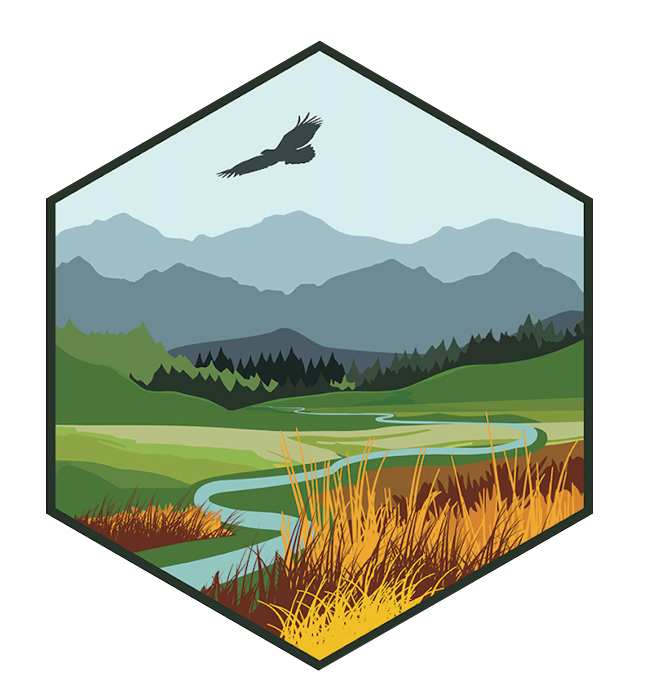Protecting Water, Lands, and Culture: Highlights from the Great Plains Tribal Water Alliance Annual Conference
On November 5-6, 2025, the North Central Climate Adaptation Science Center’s Tribal Climate Resilience Liaisons Janna Black and Kynser Wahwahsuck Bell helped host the Great Plains Tribal Water Alliance (GPTWA) Annual 2025 Conference in Deadwood, South Dakota.
Tackling Invasive Species in a Changing Climate
The International Invasive Species & Climate Change Conference (IISCCC), held online on December 9-10, 2025, brought together researchers, land managers and policymakers to bridge the gap between science and action.
When
Water availability in western U.S. watersheds is governed by precipitation, available energy, and human-driven water management. The Tongue River flows northeast from the Bighorn mountains in Wyoming to join the Yellowstone River in Montana and exemplifies these water availability tensions. There are many small reservoirs in the headwaters and one large reservoir where downstream water users and the Northern Cheyenne Tribe hold storage water rights. This project involves working closely with the Northern Cheyenne Tribe and other partners to co-produce knowledge to enable data-driven water management and planning. Other project partners include the Tongue River Water Users Association, the Wyoming State Engineer’s Office, and the Montana Department of Natural Resources and Conservation. To address how water availability in the watershed might change under future climate conditions, we are combining a database of future hydrology projections from 32 climate models with a river-system model to account for human water use and management. To combine these two modeling techniques requires approaches to gap-fill streamflow observations throughout the watershed, bias correction of modeled streamflow to naturalized streamflow, and the use of bias-corrected streamflow in the river-system model to produce future-climate streamflow estimates throughout the watershed. This information could help water managers evaluate the viability of current reservoir operations and understand the potential for water shortages through the end of the century. Preliminary results suggest that annual streamflow volumes will decline in the watershed, peak streamflow will occur earlier in the year, and that periods of high streamflow will also decrease. These hydrologic changes could pose challenges for reservoir operations, irrigation, and the riverine ecosystem throughout the watershed.
The Colorado Buffalo Collective
Once nearly wiped from the plains, bison are making a comeback as a symbol of ecological and cultural renewal. The Colorado Buffalo Collective is leading efforts across the University of Colorado Boulder (CU Boulder) and Boulder County to restore bison to their ancestral landscapes, blending scientific research with Indigenous knowledge.
Toward a shared vision for climate-informed resource stewardship
By articulating how existing tools complement rather than compete with one another, this new paper offers a shared vision for more coordinated, cross-jurisdictional adaptation planning in an era of ecological transformation.
Recording Available: Integrating Seasonal Dynamics into Risk-Informed Wildfire Planning
Did you miss the webinar on Thursday, December 11, 2025, given by Jamie Peeler? Watch the recording to learn more about risk-informed wildfire planning through updated fire behavior models.

